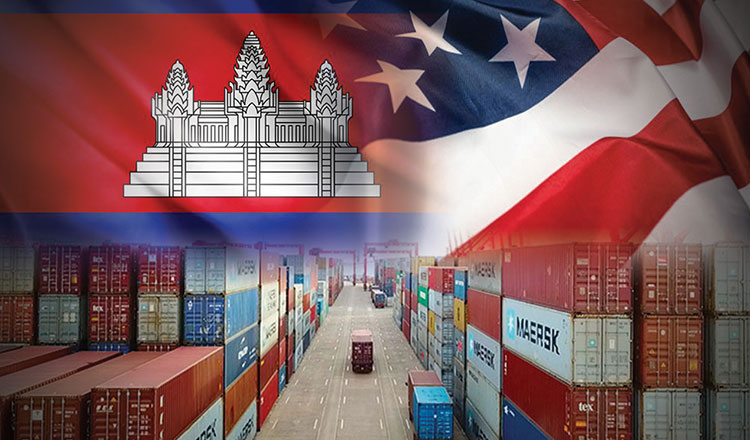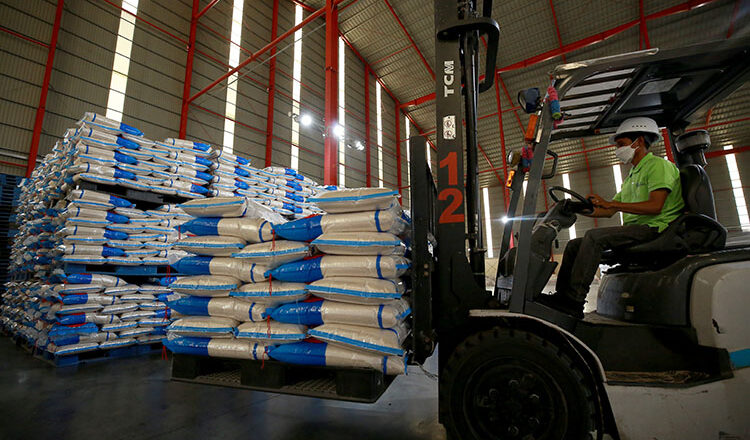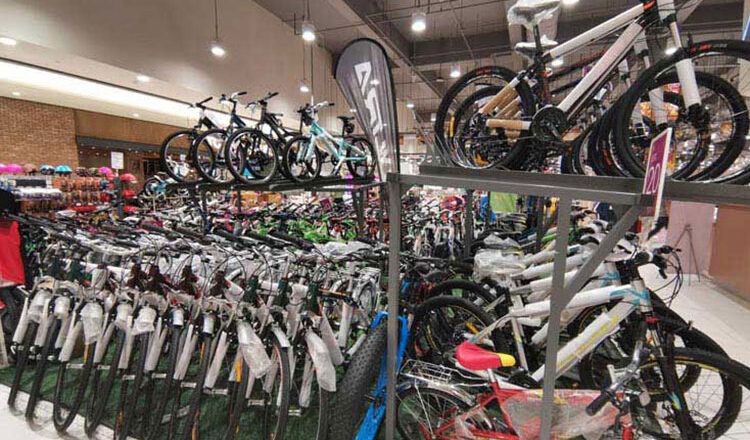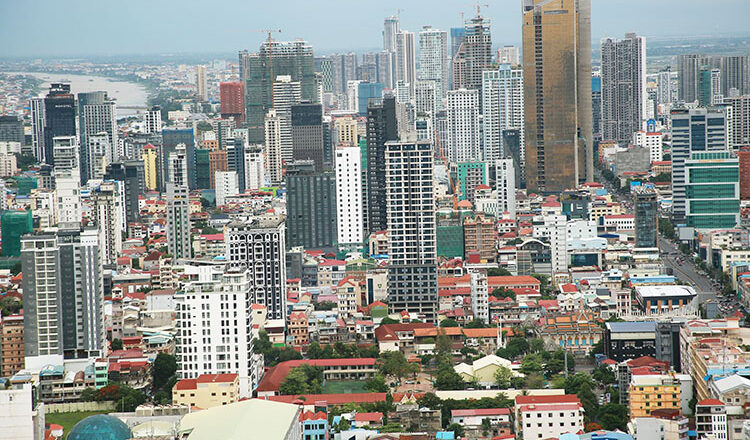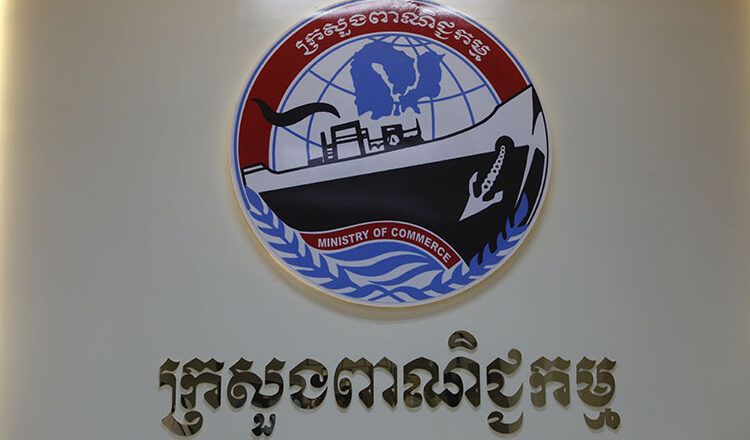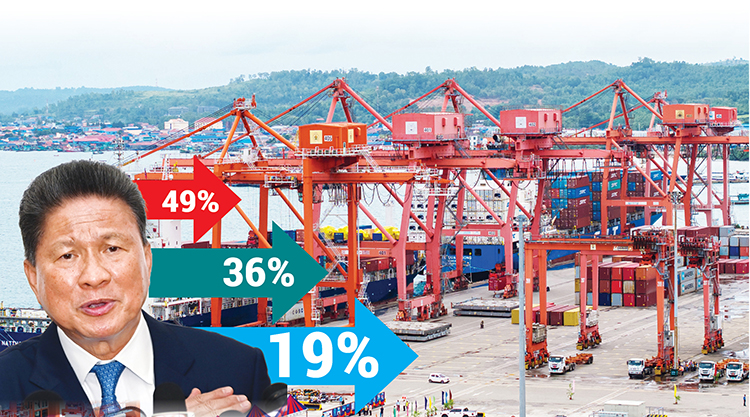Big impact of small businesses, how SMEs are driving growth
Big impact of small businesses, how SMEs are driving growth
The robustness of SMEs in propelling the economic growth of Cambodia was never in doubt. Both in the best of times and the worst of times, SMEs stood as rock-solid support for a large populace in the country. With approximately 753,670 enterprises across the nation employing around 70 percent of the total workforce, SMEs are loosely disconnected, yet their impact is profound. The launch of the SME Bank of Cambodia in 2020 was a small but defining start to encourage SMEs in the country. Given its role towards national growth and employment generation, policymakers have initiated a slew of measures to support the SME network that has acquired a momentum of its own. The Royal Government’s initiation of the National Strategy for the Development of the Informal Economy 2023-2028, among other things, aims to offer tax incentives and exemptions from certain fees for SMEs. Khmer Times weighs options on how such a move will go a long way in opening a new pathway for development and innovation
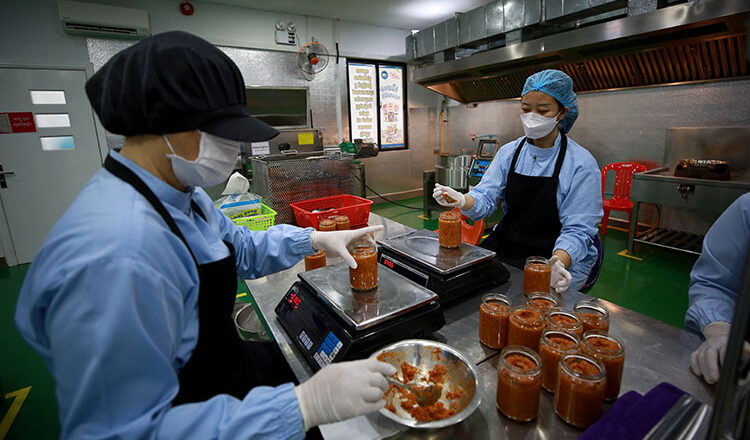
Conventional wisdom suggests that one must not prejudge the worth or value of something based on its outward appearance. The small and medium enterprises or the SMEs, are perfect examples of it. They are collectively a powerhouse that keeps the economy growing despite headwinds.
SMEs form 63 percent of the national income (GDP), and form a majority of economic entities in Cambodia, with approximately 753,670 enterprises employing around 70 percent of the total workforce, equivalent to about three million people.
In Cambodia, SMEs are broadly defined based on a combination of factors, including the number of employees and annual turnover or assets, and are categorised into three sectors: agriculture, industry, services and trading.
Small enterprises typically have between five and 49 employees, while medium enterprises range from 50 to 199 employees. The annual turnover or asset thresholds vary by sector, with agriculture and service/trading sectors having similar ranges and the industry sector having higher thresholds.
Phnom Penh has the highest number of SMEs in Cambodia. According to the latest economic census, there are over 150,000 business establishments in the capital city, significantly outnumbering other provinces and cities. Kandal province comes second with over 57,000 followed by Siem Reap with a number close to 50,000. The Kingdom also hosts a large number of unregistered SMEs, particularly as micro firms.
Regarding SME segments across the country, 43.7 percent operate in the commercial sectors, 29.4 percent in manufacturing, followed by 22.5 percent in agriculture, and 4.3 percent in service and other sectors, according to the Ministry of Industry, Science, Technology and Innovation.
The Kingdom has, of late, seen the development of high-growth medium-sized firms, many of which operate in the retail sector, as well as the creation of software startups, both of which have received a lot of attention, both in a market perspective and investor perspective, thanks to a strong business spirit and the dynamic environment given by the fast-integrating Asean market.
The Royal Government has initiated many measures to support the SMEs in the country. Tax incentive schemes and minimum-tax relief are offered to SMEs operating within agriculture, food processing and Information Technology services, and those located in SME cluster zones. The SME Bank of Cambodia, launched in 2020 with an initial capital of roughly $100 million, has since disbursed more than $200 million in loans to more than 2,500 SMEs. And, various programmes under Khmer Enterprises and Techo Startup Centre offer training, financing and business linkage support from startups and SMEs.
Support Systems
Considering the significant contributions by the SMEs towards national growth and employment generation, policymakers have initiated a plethora of measures to support and enhance the SME network.
The Royal Government has introduced the National Strategy for the Development of the Informal Economy 2023-2028, which aims to ease the transition of informal businesses into the formal economy. This strategy includes offering tax incentives, such as exemptions from certain taxes and fees for SMEs that voluntarily register for the purpose.
To improve access to finance, the government and various stakeholders are working on financial literacy programmes and initiatives that encourage banks to lend to SMEs. Additionally, there are efforts to promote digital financial services that could offer SMEs more convenient access to credit.
The government, often in collaboration with development partners, has launched training programmes to enhance the skills of SME operators. These programmes focus on areas such as business management, digital literacy, and technical skills necessary for adopting new technologies.
Major governmental policy mechanisms and strategies that aim to further fuel the strength of SMEs include the Pentagon Strategy Phase I, the National Strategic Development Plan, the National Strategy for the Development of the Informal Economy (2023-2028), the setting up of Cambodia Credit Guarantee Cooperation, SME Bank of Cambodia, Draft Policy on SME Clusters, tax incentives for SMEs, Industrial Development Policy (2015-2025) and Digital Economy and Society Policy Framework (2021-2035).
As part of efforts to create a more conducive business environment, substantial infrastructural support has been introduced in the country to empower SMEs. Initiatives like the Co-Financing Guarantee Scheme (CFGS) and the Business Recovery Guarantee Scheme (BRGS) launched by the Credit Guarantee Corporation of Cambodia (CGCC) have been a great success. These programmes extend loans to SMEs in Cambodia, covering up to 80 percent of the loan value, reducing the necessity for physical collateral.
In June 2025, the EU-Cambodia Business Partnership Facility was officially launched in Phnom Penh to support SMEs in terms of expanding processing capacity, adopting most-modern practices alongside going global was officially launched in Phnom Penh.
The facility set up in close collaboration with the Ministry of Commerce and the Ministry of Agriculture, Forestry, and Fisheries, aims to accelerate the growth of Cambodian SMEs by providing up to €2 million in technical support to 60 promising enterprises.
Further adding impetus to this drive, the National Bank of Cambodia (NBC) will host the 12th Annual Macroeconomic Conference in December 2025, focusing on promoting the participation of SMEs in Cambodian economic development.
NBC emphasises that SMEs have significantly contributed to the national economy by creating employment opportunities, boosting household income, and supporting rural development.
The apex bank aims to use the upcoming conference as a platform to encourage policy dialogue, research, and recommendations that promote SME participation in economic growth.
The event will explore various dimensions of SME development, including formal registration, integration into global supply chains, access to venture capital, and the promotion of environmental, social, and governance (ESG) principles within the sector.
According to the Ministry of Industry, Science, Technology and Innovation (MISTI), efforts are underway to simplify the business registration process and reduce bureaucratic hurdles for SMEs.
“The introduction of digital platforms for registration and tax payments is part of this strategy, making it easier for businesses to comply with regulations and benefit from government support.”
Speaking to Khmer Times, Kem Lim, an investor in four Cambodian SMEs, said the Royal Government and provincial authorities have been exerting their best efforts to boost the SMEs as they are foundational to the economy.
“There are many campaigns and awareness programmes for SME owners in the country, especially under the stewardship of the Ministry of Commerce.
“SME owners are encouraged to attend international trade shows, giving them an opportunity to learn more about international product requirements and standards.”
He said these efforts have helped a majority of SME owners to view the Asean market as a single entity, and they focus on competing with products from other countries in the region, such as Vietnam, Thailand or Indonesia.
Challenges aplenty
The SMEs in the country face a multitude of challenges, including high cost of electricity, supply shortages, frequent outages, unofficial payment, high tax rates, complicated tax procedures, poor infrastructure, rising cost of raw materials and public services. Skilled or semi-skilled labour shortage is also a detrimental factor to the sector.
Victor La, an SME specialist and seasoned entrepreneur, who is also the director of the Canadian Chamber of Commerce in Cambodia, said the Kingdom’s SME sector is facing a multitude of hurdles in its growth path. “I have been working as a consultant with SMEs in Cambodia for over five years now and across Southeast Asia, mainly in Singapore, for more than two decades.
“SMEs in the Kingdom are facing a huge market disconnect. Though there are some SMEs successfully transitioning into the digital era and modernising, many are struggling to even understand the Phnom Penh market, let alone the international export market.
“I must say that this disconnect has adversely affected the SMEs in terms of attracting investments.
“While they create some unique and authentic products without direct channels to consumers and B2B buyers, they reach a severe limitation in attracting revenue, most importantly in the current market.”
La said the operational gap is another major hurdle faced by SMEs in the Kingdom. “There is often a visible lack of professional marketing, standardised operational procedure and most importantly, I think the lack of customer service, after-sales service or product services.
“Financial literacy levels are also not adequate. I would focus more on the low-hanging fruit, what you can change right now, which is the consistency in quality control and services that undermine the consumers’ trust and hinder the scale of growth and also revenue generation.”
The SME expert emphasised that there are a lot of operational shortcomings, and this prevents these enterprises from making their products and services competitive in the market today.
“The other thing we need to look at is the technology deficit and lack of skills in the digital age. While we are good at using the latest mobile phones, entertainment and communication gadgets, there is very limited understanding among the SMEs in terms of accessing modern business tools, financial software and so on. In sectors such as agriculture, the tech adoption is not adequate.
“And this leads to a lack of efficiency, scalability and prevents SMEs from understanding the modern-day market demand.”
La highlighted traceability, digital engagement, and productivity improvement as the three core areas that SMEs in the Kingdom should work on. “I believe commercialisation is the key to unlocking the real SME potential in the country.
“And it is not just about selling a product, but building a sustainable, scalable and attractive ecosystem that can transform the local business community and SME for commercial success.”
He said many objectives can be achieved through combined efforts. “A lot of SMEs and a lot of key market and business leaders have started to understand the power of working together. So, now in other countries, there are a lot of key destinations to showcase and promote locally-made products.
“This is one area where there are low-hanging fruits. We are able to create physical marketplace to showcase and promote locally-made products here in Phnom Penh.”
He said SMEs from provinces should collaborate more with players and mentors in Phnom Penh to access international investors and partnership opportunities.
“We must understand that commercialisation is driving the modernisation of incubated technologies. And this emphasises the need to promote an end-to-end closed ecosystem that serves not only locally-made products but also facilitates the use of locally-made technologies or solutions.”
La said Cambodian-made tools will allow startups to solve their issues instantly. “Farmers and local SMEs can use this localisation of solutions and make it effective and scalable while making an immediate impact in the market, eventually leading to building capacity and business acumen.”
Looking forward
A study done by global logistics major DHL says that Cambodia’s proactive pursuit of bilateral Free Trade Agreements (FTAs) holds tremendous promise for its SMEs.
“These agreements with nations like China and Korea offer enhanced market access, unlocking export potential for businesses in Cambodia.
“Building upon these advantages, Cambodia’s vibrant tourism sector further enhances the country’s economic growth. By strategically marketing unique Cambodian souvenirs, handicrafts, and tourism services, SMEs can establish a distinct Cambodian brand globally, attracting foreign investment and fostering regional integration.
“Moreover, the agro-industrial sector in Cambodia, undergoing rapid transformation and diversification towards more profitable crops, presents profitable ventures for not only SMEs, but also MSMEs, meaning micro, small, and medium enterprises.
“These businesses can expand globally by transforming agricultural products into high-value goods and capitalising on favourable agro-industrial government policies. This, in turn, could significantly boost Cambodia’s overall regional agricultural exports.”
Among other things, the transformative wave of digitalisation logically progresses to the adoption of e-commerce business models, which presents a significant opportunity for SMEs in Cambodia.
By leveraging e-commerce platforms, the SMEs in the country can extend their reach to global customers, streamline operations through automation, increase accuracy and efficiency, and drive business and growth with expanding import and export opportunities.
Tom Goh, economic analyst, told Khmer Times that Cambodian SMEs are well-positioned to explore the situation created by the new supply chains that are expected to emerge out of disruptions caused by the reciprocal tariffs introduced by US President Donald Trump.
“A new supply chain dominated by BRIC nations will be of great advantage to Cambodian SMEs, provided they perfectly understand the changing market dynamics. Diversification of trade patterns will remain the key for the Kingdom’s SME sector along with technological adoption.
“The ‘1.5M TVET’ Programme initiated by the Royal Government to train 1.5 million people with various skills will definitely add much required talent to the sector since the coming days of economic success are just about skills and technological advantage.”
Hailing the role of Khmer Enterprise and Techo Startup Centre, La said these organisations are carrying out a robust entrepreneurial development programme. “The goal should be to make these SMEs highly appealing to investors, especially those from overseas. We have to look at systematically building B2B and export markets.”
“What is required is forging linkages within the Asean network. Moving beyond the traditional markets to explore the potential in new markets such as Canada, Australia and beyond,” he said, adding that the Canadian Chamber has been focusing on achieving these goals for the Kingdom’s SME sector.
“The SME sector in the country is fragmented in many ways, and we need to create collaborative communities, opening a new pathway for development and innovation.”
- 07:50 11/08/2025



